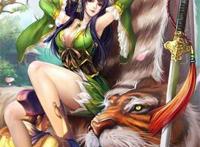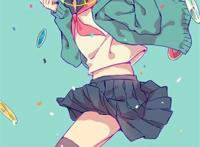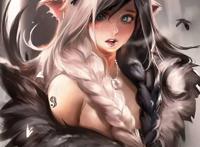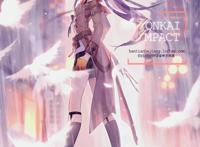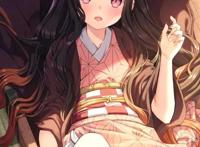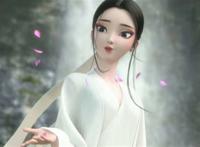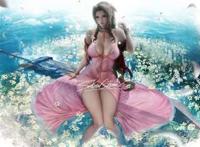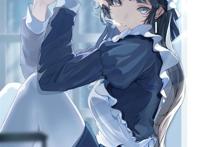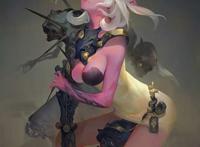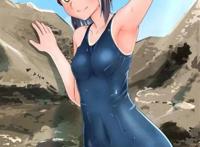疯狂山脉(VII)(4)
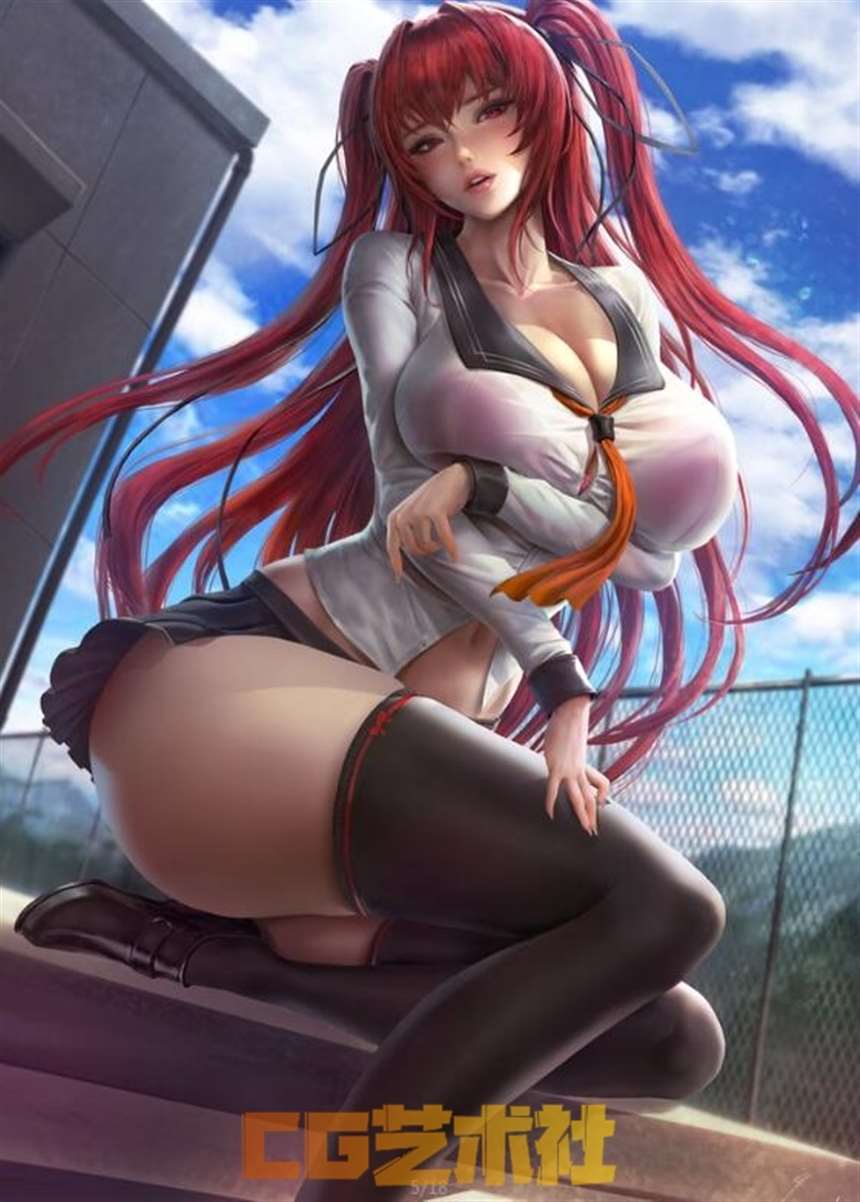
Of the life of the Old Ones, both under the sea and after part of them migrated to land, volumes could be written. Those in shallow water had continued the fullest use of the eyes at the ends of their five main head tentacles, and had practiced the arts of sculpture and of writing in quite the usual way—the writing accomplished with a stylus on waterproof waxen surfaces. Those lower down in the ocean depths, though they used a curious phosphorescent organism to furnish light, pieced out their vision with obscure special senses operating through the prismatic cilia on their heads—senses which rendered all the Old Ones partly independent of light in emergencies. Their forms of sculpture and writing had changed curiously during the descent, embodying certain apparently chemical coating processes—probably to secure phosphorescence—which the bas-reliefs could not make clear to us. The beings moved in the sea partly by swimming—using the lateral crinoid arms—and partly by wriggling with the lower tier of tentacles containing the pseudo-feet. Occasionally they accomplished long swoops with the auxiliary use of two or more sets of their fan-like folding wings. On land they locally used the pseudo-feet, but now and then flew to great heights or over long distances with their wings. The many slender tentacles into which the crinoid arms branched were infinitely delicate, flexible, strong, and accurate in muscular-nervous coördination; ensuring the utmost skill and dexterity in all artistic and other manual operations.
 蓝湛疯狂的魏婴
蓝湛疯狂的魏婴


